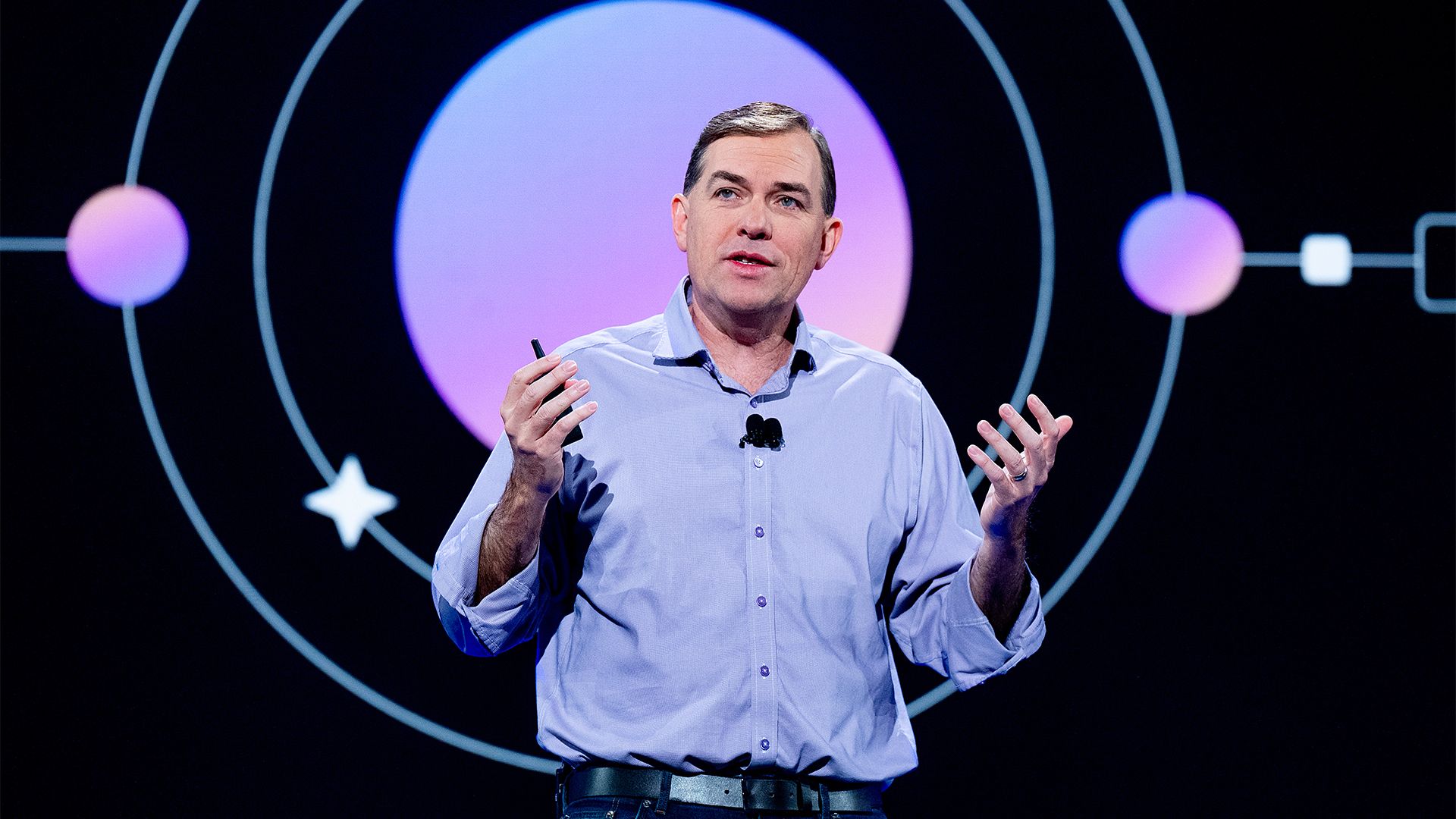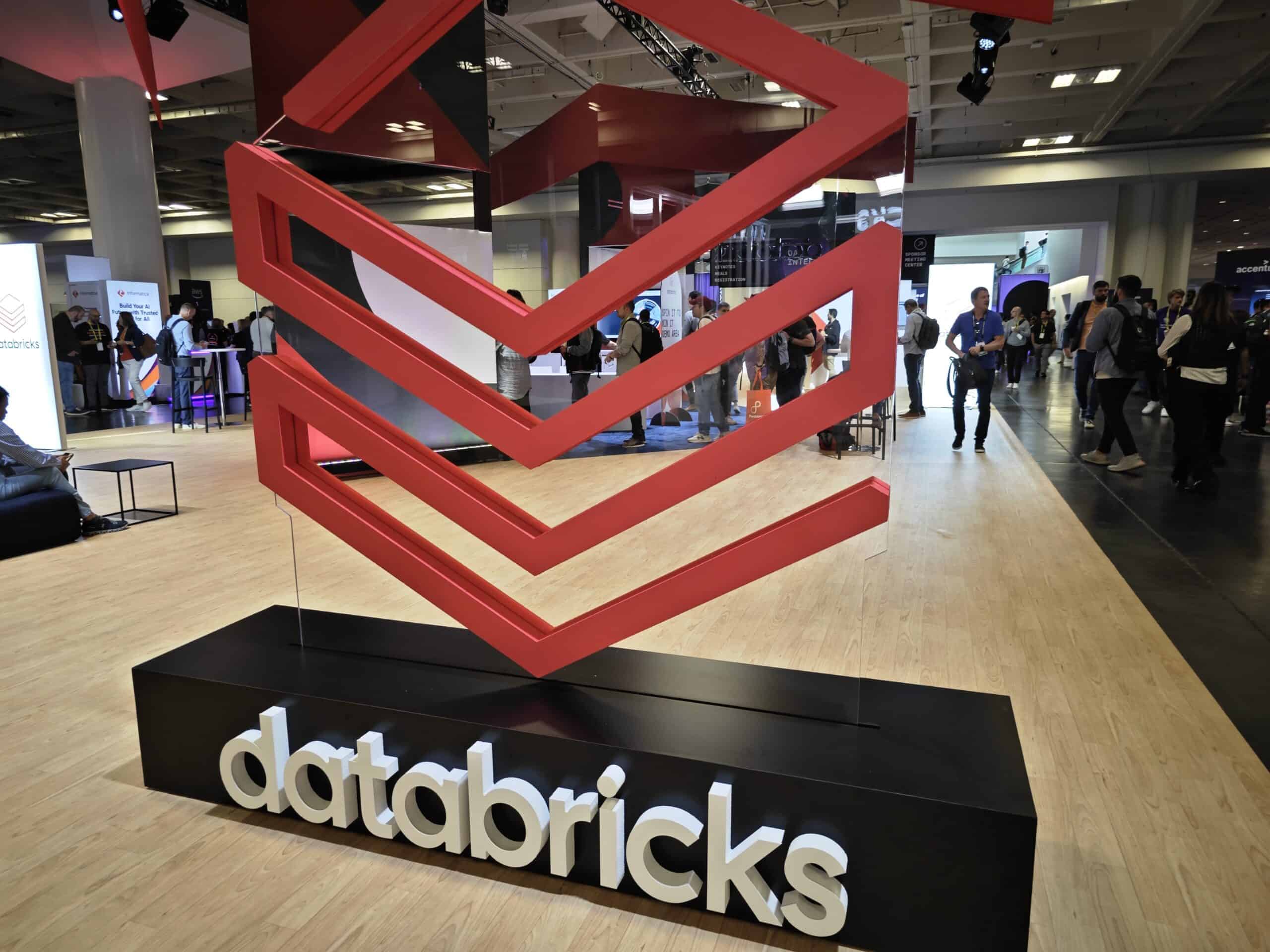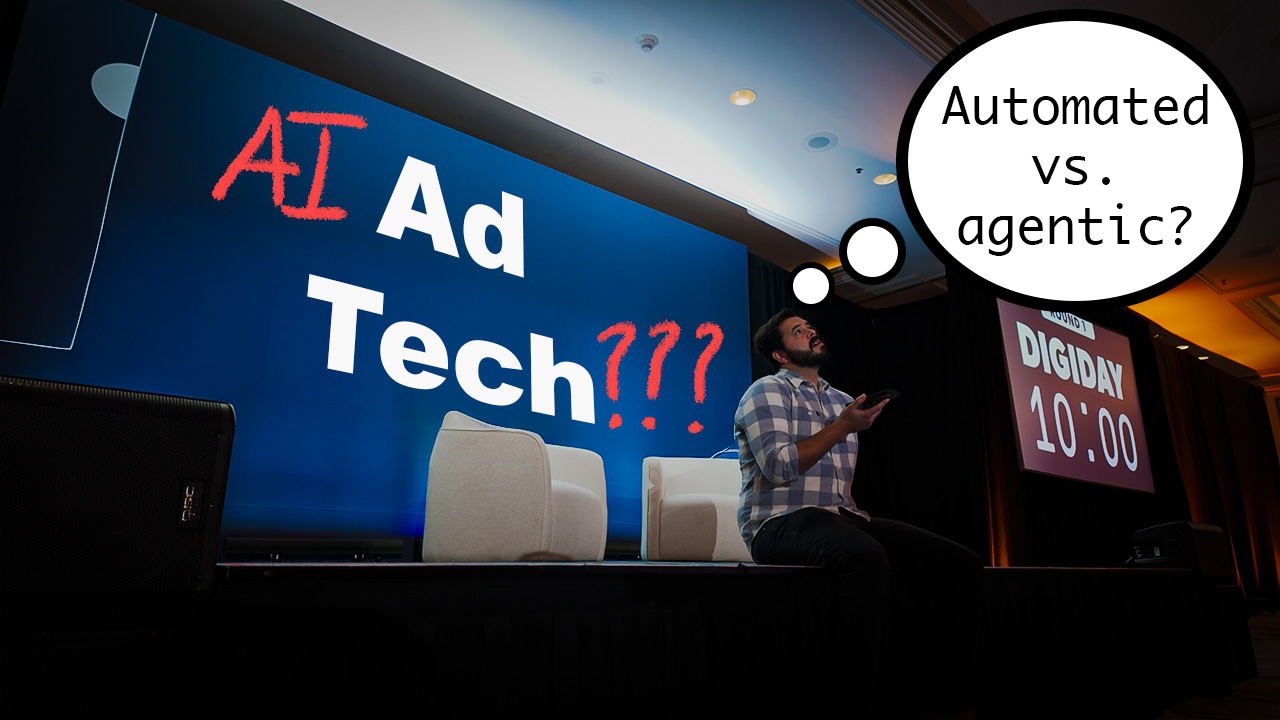fromForbes
2 hours agoStop Wasting Money On AI Agents: 5 Rules For Choosing The Right Use Cases
Every executive I speak with wants to deploy AI agents in their business. Yet most are making the same costly mistake: choosing the wrong tasks to automate. In my previous article, A Beginner's Guide To Building AI Agents, I explained how to get started with agentic AI. Now it's time to tackle the most critical step: finding the right jobs to use them for. Get this wrong, and you'll waste time and money. Get it right, and you'll transform how your business operates.
Artificial intelligence























